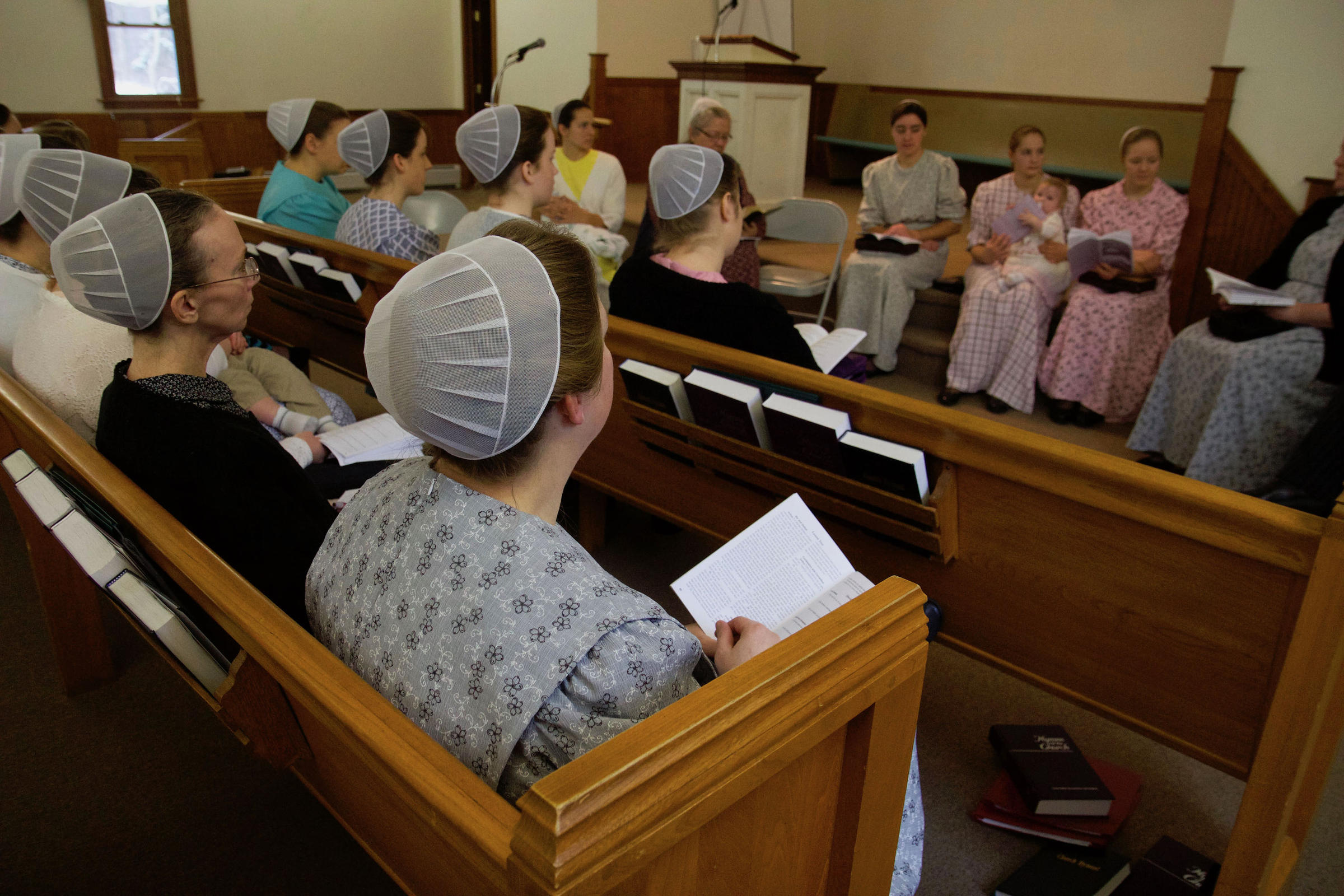Worship Without Churches: The Amish Home Gatherings
The Amish practice a unique form of worship: home gatherings instead of traditional church buildings. These meetings reflect faith, community, and humility, emphasizing spiritual growth over grand architecture or modern conveniences. By gathering in homes and barns, the Amish create an intimate environment where devotion, reflection, and fellowship thrive. Understanding their home-based worship offers insight into a lifestyle where faith is lived actively rather than observed passively.
Why Home Gatherings Matter
For the Amish, worship is more than a weekly ritual; it is a communal responsibility. Home gatherings allow families to host services, ensuring that worship remains decentralized and participatory. No single household dominates the spiritual life of the community, reinforcing equality and humility.
These gatherings foster close relationships. Members often live in dispersed rural areas, and rotating locations encourages neighbors to interact regularly. As a result, spiritual life and social bonds are intertwined. Home gatherings make faith tangible, reinforcing that worship is not confined to buildings or formal ceremonies.

Structure of the Amish Home Worship
Amish home gatherings follow a structured yet simple format. Services usually occur every other Sunday and last three to four hours. They include Bible readings, hymns sung a cappella, prayers, and sermons delivered by ministers or community members.
Participation is central. Every attendee may take a turn reading Scripture or leading prayer, creating a sense of shared responsibility. Hymns, often from the Ausbund, one of the oldest Protestant hymnals, reinforce continuity and spiritual reflection. Singing without instruments emphasizes humility and collective devotion.
Additionally, these meetings include announcements and discussions about community life. Members may share experiences, offer counsel, or pray for those in need. This structure ensures that worship addresses both spiritual and practical needs, reflecting a holistic approach to faith.
Hospitality and Fellowship
Hosting a service is a significant responsibility. Families prepare the home, provide seating, and sometimes offer meals. This hospitality demonstrates humility, generosity, and service — core Amish values.
After the service, congregants often share a simple communal meal. Food becomes a medium of fellowship, reinforcing unity and trust. During these moments, relationships are strengthened, and younger members learn the importance of community support and faith in action.
Differences from Conventional Church Worship
Unlike traditional churches, Amish gatherings avoid decoration, technology, and hierarchical displays. There are no altars, stained glass windows, or electronic systems. Leadership roles rotate, and ministers do not receive salaries. These differences reflect the Amish commitment to humility and spiritual equality.
Home worship also allows for more flexible engagement. Members can address local concerns, support each other personally, and integrate practical guidance with spiritual lessons. In contrast, conventional churches often separate community issues from worship, limiting interaction and personal involvement.
Challenges and Commitment
Maintaining home gatherings requires dedication. Families must be willing to host services, travel, and commit long hours to prayer, singing, and teaching. External pressures, such as work demands or societal changes, can pose challenges.
However, Amish communities prioritize these gatherings because they reinforce faith, relationships, and moral discipline. The effort ensures that spiritual life remains central and integrated into daily living.
Lessons from Amish Home Worship
Amish home gatherings show that worship is not about grandeur or modernity but about devotion, participation, and community. Faith is reinforced by interaction, shared responsibility, and humility. Members actively engage in spiritual life, not merely observe it.
Their example teaches that worship can be flexible, personal, and deeply communal. Homes, rather than buildings, become sacred spaces where faith is lived, celebrated, and strengthened.
Conclusion
Worship without churches exemplifies how the Amish integrate faith into daily life. Home gatherings foster spiritual growth, community bonds, and humility. Through shared prayer, hymn singing, and fellowship, the Amish maintain a vibrant religious life centered on participation and devotion rather than material trappings.
Their approach reminds us that sacred spaces are not defined by structures but by the shared commitment of believers. In a rapidly changing world, the Amish demonstrate that true worship thrives where faith, service, and community converge.



